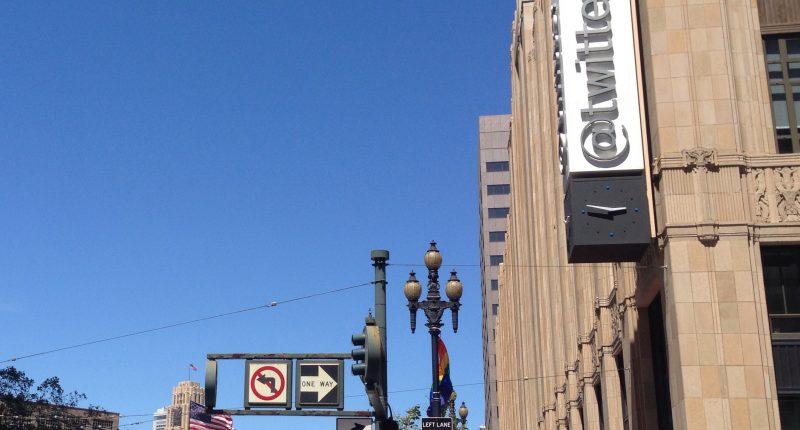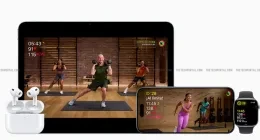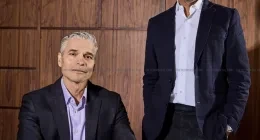Soon after it took down a feature that promoted suicide prevention hotlines and support groups on its platform, Twitter compensated for its error by restoring it after facing increasing pressure from users and consumer safety groups.
Safety is a tricky thing on the internet, which is why tech giants such as Google, Meta, Apple, and others have been working hard to ensure that they provide safe and secure digital experiences for users. With the removal of the suicide prevention feature, known as #ThereIsHelp, Twitter effectively reneged on its safe internet promise and fuelled fears and concerns about the well-being of vulnerable users on the popular micro-blogging site.
A previous report by Reuters confirmed that the company had taken down the feature, which had shown at the top of the search results for certain topics. The feature also listed contacts for organizations in multiple countries – ones that were related to sensitive subjects such as mental health, HIV, vaccines, COVID-19, gender-based violence, the sexual exploitation of children, natural disasters, and freedom of expression (something that Twitter CEO Elon Musk claims to be a strong proponent of).
In its report, Reuters cited two people familiar with the matter, who said the removal of the feature was ordered by Musk. Eirliani Abdul Rahman, who was previously on Twitter’s Trust and Safety council before it was disbanded, said that companies typically work on safety features “in parallel” and that the event was “extremely disconcerting and profoundly disturbing.”
Later, Ella Irwin, Twitter’s head of trust and safety, confirmed the removal and said that it was a temporary change. “We have been fixing and revamping our prompts. They were just temporarily removed while we do that. We expect to have them back up next week,” she said, adding that the company was aware that the prompts were useful in multiple cases and they wanted to ensure that they “continued to be relevant” and that they were functioning properly.
And after receiving strong criticism from multiple quarters (especially consumer safety groups), Twitter finally acquiesced and restored the feature during the weekend. Musk, after maintaining silence after the initial report by Reuters, slammed the news agency and tweeted that it was “fake news.”
The billionaire added that “Twitter doesn’t prevent suicide” and that the message was “actually still up.”
1. The message is actually still up. This is fake news.
2. Twitter doesn’t prevent suicide.
— Elon Musk (@elonmusk) December 24, 2022
The Tech Portal is published by Blue Box Media Private Limited. Our investors have no influence over our reporting. Read our full Ownership and Funding Disclosure →






